“Small Is Beautiful”: A Conversation with Renate Christ on Climate, Culture, and What We Stand to Lose
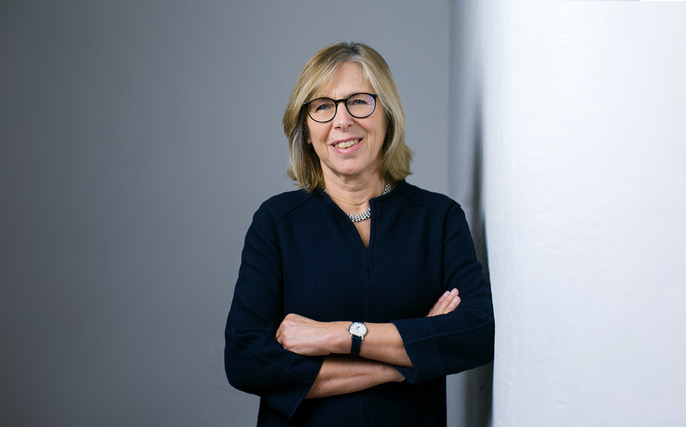
By Gayil Nalls
Sign up for our monthly newsletter!
Renate Christ has spent decades at the forefront of international climate science and diplomacy. As former Secretary of the Intergovernmental Panel on Climate Change (IPCC), she helped guide landmark assessments that shaped global awareness of the climate crisis. A biologist by training, Christ approaches climate and biodiversity with both scientific rigor and ecological sensitivity. Speaking from Vienna, she reflects on the challenges of communicating complex systems, the shifting role of traditional knowledge, and the potential of culturally significant plants to serve as powerful symbols in the fight to preserve life on Earth. In this conversation for Plantings, Christ explores what it means to act—not just effectively, but meaningfully—in an age of accelerating change.
Gayil Nalls:
You’ve been deeply involved in coordinating global climate science. In your view, what is most misunderstood by the public or even policymakers about the relationship between biodiversity loss and climate change?
Renate Christ:
Actually, I don’t think it’s so much a misunderstanding. I’ve been involved in this field since the early 1990s, and I remember when we were drafting the ultimate objective of the United Nations Framework Convention on Climate Change (UNFCCC), to prevent dangerous interference with the climate system we asked ourselves what the first measurable effects of climate change would be. And even then, in 1991, we stated that ecosystems should be allowed to adapt naturally. So from the beginning, we were aware that ecosystems would be among the first to show real signals of climate change. Policymakers and scientists have long understood this, but it remains difficult to communicate. Weather events like heatwaves, floods, or droughts are easier for people to grasp than changes in complex ecosystems. So I see it more as a communications issue: how do we convey these intricate connections to the general public?
Gayil Nalls:
The social aspects of climate change are a problem in the United States, where I live, and climate denial remains widespread, so biodiversity loss is accelerating. The connection between the two issues is rarely discussed these days. That’s a real challenge here.
Renate Christ:
Yes, perhaps in a smaller country like Austria, with its mountainous and ecologically sensitive regions, the changes are more visible and easier to explain. But I understand that the situation in the U.S. may be different. That’s why, when I looked at the work you’re doing and your questions, I thought that aromatic and medicinal plants could serve as powerful symbols—icons, really—of ecosystem vulnerability.
These plants shouldn’t be the sole focus, of course, because we must maintain a holistic view of ecosystems. But they can help illustrate what’s at stake. If we lose these plants, which are culturally and ecologically significant, we lose more than just biodiversity—we lose meaning, tradition, and resilience. They can make the abstract tangible.
Gayil Nalls:
That’s part of why the World Sensorium Conservancy exists. Aromatic and medicinal plants, especially wild ones, have very little protection compared to food crops. They don’t have strong economic guardians, and their populations aren’t well monitored. There’s also a lack of seed banking and preservation, which makes them even more vulnerable.
Renate Christ:
So when you talk about adaptation, you mean supporting these plants through seed banking and other conservation efforts?
Gayil Nalls:
Yes, and more. Many of these plants are moving into ecological danger zones due to climate stressors. But unlike staple crops, there’s no formal relationship between them and most governments or monitoring institutions. Yet they’ve been used for centuries in medicine and culture, and they often play essential roles in their ecosystems. They deserve better protection, and they can be effective messengers for why biodiversity matters.
Renate Christ:
I agree. But isn’t it in the pharmaceutical industry’s interest to conserve and bank these medicinal plants?
Gayil Nalls:
You would think so—and perhaps a few bioprospecting companies do in their search for compounds—but not at the scale or investment level we see with major crops like wheat or soy. These crops have benefited from extensive breeding and genetic engineering to adapt to changing conditions. The preservation of medicinal plants is vital for the molecular diversity necessary for new drug discoveries. They are the original medicine.
Renate Christ:
Exactly. And while some plants are indeed harder to conserve via seed banking, the effort should be made. In Europe, we’re seeing increased awareness around preserving traditional food crops and animal breeds, because these older varieties and breeds are often more resilient.
That said, we also need to be realistic: traditional varieties may not always be well adapted to new climate conditions. They’re important genetic resources, yes, but future adaptation also requires research and development. We need a broad gene pool to create resilient varieties—not just for food crops but also for aromatic and medicinal species.
Gayil Nalls:
Yes, preserving genetic diversity is essential to prepare certain plant species for the future. But currently, only a small portion of plant species are getting that kind of attention, and it’s often driven by market forces, not ecological need. We can’t rely solely on economic justifications to preserve life on Earth.
Renate Christ:
That’s why using aromatic plants as symbols makes sense—to help people see the fragility and value of ecosystems. They can illustrate the interconnectedness of climate, biodiversity, and culture in a way people can relate to.
Gayil Nalls:
That’s the idea behind the World Sensorium project. We focus on conserving aromatic and medicinal plants that are culturally significant and ecologically vulnerable. On our website, there’s a page for every country in the world, each highlighting an aromatic plant selected as culturally iconic by representatives in that country. Many of the entries discuss the plant in the context of sensory heritage, climate challenges, and national biodiversity. In some cases, we suggest climate adaptation strategies.
Renate Christ:
I remember looking at the site, but didn’t scroll down to see the full list. What’s the plant for Austria?
Gayil Nalls:
The Austrian black pine Pinus nigra. It’s native and culturally significant.
Renate Christ:
Interesting. I might have guessed beech, or one of the alpine plants. Austria is ecologically diverse—what grows in the east, like black pine, is very different from the west. But the black pine makes sense. In certain areas, it may be more robust to climate shifts, but also vulnerable to forest fires in dry mountainous regions. Norway Spruce, Picea abies, is widespread in central and western Austria, especially in the alpine forests, but it’s often planted in monocultures, which has created concerns about climate resiliency and biodiversity.
Gayil Nalls:
Exactly. Shifting climate conditions are transforming our relationship even with native species, especially iconic aromatic trees and plants. As temperatures rise and soil moisture declines, many species that once thrived across wide ranges are now struggling. They’re becoming more vulnerable to disease and dieback, which in turn disrupts entire ecosystems. Not to mention wildfires.
Renate Christ:
Monocultures like spruce have always been vulnerable, and climate change is only intensifying those weaknesses; in my region, they’re even removing spruce. In Austria, there’s now a growing movement toward more ecologically sound forestry. As a biologist, I find it encouraging to see efforts to restore more diverse, natural systems.
Gayil Nalls:
In Ireland, where I am working on a project, there’s a growing push to reform the National Forestry Program—moving away from monoculture evergreen plantations and advocating instead for the restoration of native woodland biodiversity.

Gayil Nalls:
Let’s return to the topic of communication. You once said that science must not only inform but also inspire. How can scientific institutions convey ecological urgency without tipping into despair?
Renate Christ:
By being honest, we need to communicate the facts, even when they’re uncomfortable. Sugarcoating doesn’t help. At the same time, how we deliver the message matters. Sensationalist or alarmist narratives can lead to paralysis.
Take the 1.5°C target. It was widely promoted as a red line, and now that we’re approaching—or even crossing—it, there’s a sense of resignation. But this threshold should motivate stronger action, not surrender. We must avoid communicating “we’ve failed” and instead say “this is why we must act now.”
Gayil Nalls:
You’ve worked with the IPCC for years. How have you seen the inclusion of Indigenous knowledge and local ecological expertise evolve?
Renate Christ:
It entered the conversation late, but it did enter. I value its inclusion very much. It initially came more from Latin America, but it’s gaining broader acceptance. Traditional knowledge doesn’t always appear in peer-reviewed literature, so we need other ways to integrate it.
However, we must remember that traditional knowledge was developed under past conditions. It’s vital and insightful, but not always a standalone solution. Still, it enriches our understanding and can inform adaptive strategies, especially because it embodies historical resilience to changing climates, societies, and pressures.
Gayil Nalls:
In light of our converging climate and biodiversity crises, what principles should guide future land use, especially for agriculture, restoration, and protected areas?
Renate Christ:
Reduce land-use change. That’s fundamental. And ensure connectivity between ecosystems. Isolated conservation areas don’t work in the long term. In Austria, we face significant problems with land use and infrastructure planning. We’re losing natural land to development. The focus should be on preserving natural corridors and avoiding fragmentation.
Gayil Nalls:
Do you have specific advice for cities in terms of climate adaptation?
Renate Christ:
Yes. Invest in green and blue infrastructure—parks, trees, water features. But also consider meteorological dynamics. For example, Vienna has natural air corridors that cool the city, but these could be blocked by high-rises. Urban planning must protect those features. Also, reclaim streets from cars. Create public spaces where people can thrive. In Armenia, I was struck by the vibrant public squares—fountains, people gathering. Every city could use more of that.
Gayil Nalls:
On your recent trip to Armenia, you mentioned how deeply embedded the pomegranate is in their culture. Can you share more?
Renate Christ:
It’s everywhere; on monastery carvings, in weddings (where pomegranates are broken for fertility and good fortune), and even in home décor. It’s symbolic of abundance, life, and heritage. There’s also the belief it has 365 seeds, one for each day of the year. Apricots are also central—they even feature the apricot’s color in the national flag, though their role is more culinary than symbolic.
Gayil Nalls:
You’ve worked across science, diplomacy, and policy. What gives you hope today?
Renate Christ:
Industry gives me cautious hope. Many companies have invested heavily in clean technologies, and turning back now would be economically irrational. But I worry. Technology alone won’t solve our problems. What troubles me most is the culture of excess. Why are electric cars so huge? Why do electric bikes resemble motorcycles? We’ve adopted green tech, but not the restraint or mindfulness that must accompany it.
Gayil Nalls:
So how do we nurture a mindset of sufficiency?
Renate Christ:
By asking people: What actually improves your life? Does bigger always mean better? I still believe in the old slogan: “Small is beautiful.” We focus too much on efficiency. We should also value sufficiency. What do we truly need for well-being?
Gayil Nalls:
Thank you for this important reflection. “Small is beautiful.” In an age dominated by scale, speed, and constant upgrades, it’s worth pausing to ask: Does bigger always mean better? Not because smallness is inherently superior, but because it often brings us closer to what really matters—connection, meaning, balance, and care. We’re told to optimize everything for efficiency, but rarely do we ask: Efficient for what? At what cost?
As you have said, it’s time to shift our gaze from maximizing outputs to cultivating sufficiency—that quiet but powerful measure of enough. What do we truly need for well-being? A walkable community? Time with loved ones? Clean air, nourishing food, and purpose?
This brings me to another question. Something that improves yourlife? Do you have a favorite aromatic plant?
Renate Christ:
Lavender. It’s the first that comes to mind. I have it in a pot on my terrace, and I’ve traveled to the south of France during the blooming season many times. The scent, the color—it’s soothing and beautiful.
Gayil Nalls:
Lavender is a lovely, distinctive aroma that performs as a first aid kit in an inhale.
And from childhood?
Renate Christ:
Strawberries. That’s the smell I remember most vividly.
Gayil Nalls:
One last question—do you have thoughts about AI’s role in climate solutions?
Renate Christ:
I’m skeptical. AI can help process large datasets, but I distrust summaries without references. As a scientist, I need rigorous sources. Misinformation is a real risk. The IPCC’s strength is its rigorous, transparent assessment of verified data, and we must maintain that standard.
Gayil Nalls:
It’s certainly a challenge ahead. Thank you, Renate, for your insights—and if you ever want to write something, even just send reflections from your trip to China, let me know.
Renate Christ:
Thank you. Actually, in China, I was impressed—small electric bikes were everywhere, used for commuting, with safe, separated lanes. It’s not a luxury item like in Austria. And taxis were almost entirely electric. Instead of charging stations, they use battery swap stations—quick, efficient, app-managed. That’s a solution worth sharing.
Gayil Nalls:
Exactly. Moving good ideas and solutions from one place to another is part of the work. Thank you again.
Learn more about Austria and the Austrian Pine here: https://worldsensorium.com/austria/
Gayil Nalls, PhD, is the founder of the World Sensorium Conservancy and the editor of its journal, Plantings.
Plantings
Issue 50 – August 2025
Also in this issue:
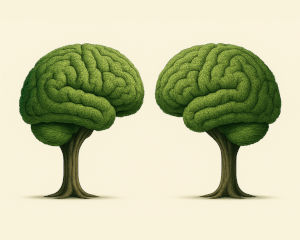
Thinking Fast, Smelling Faster: Olfaction, Plants, and the Two Systems of Thought
By Gayil Nalls
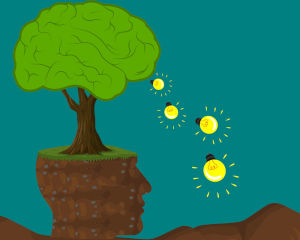
An Existential Reflection on Plant Intelligence
By John Steele
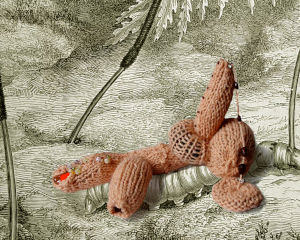
The Art of Sustainability: How to Care for a Tiny Planet in a Big Universe
By Daria Dorosh
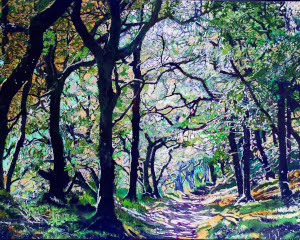
The Arborealists: Tree Painters from the United Kingdom
By Philippa Beale
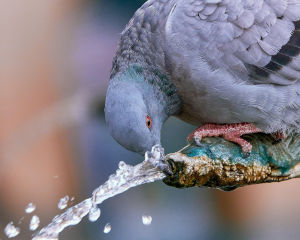
Schilthuizen’s Darwin Comes to Town, and You Too Should Join Him
By Caterina Gandolfi

Eat More Plants Recipes:
Chopped Salad with Lime Dressing
By Gayil Nalls
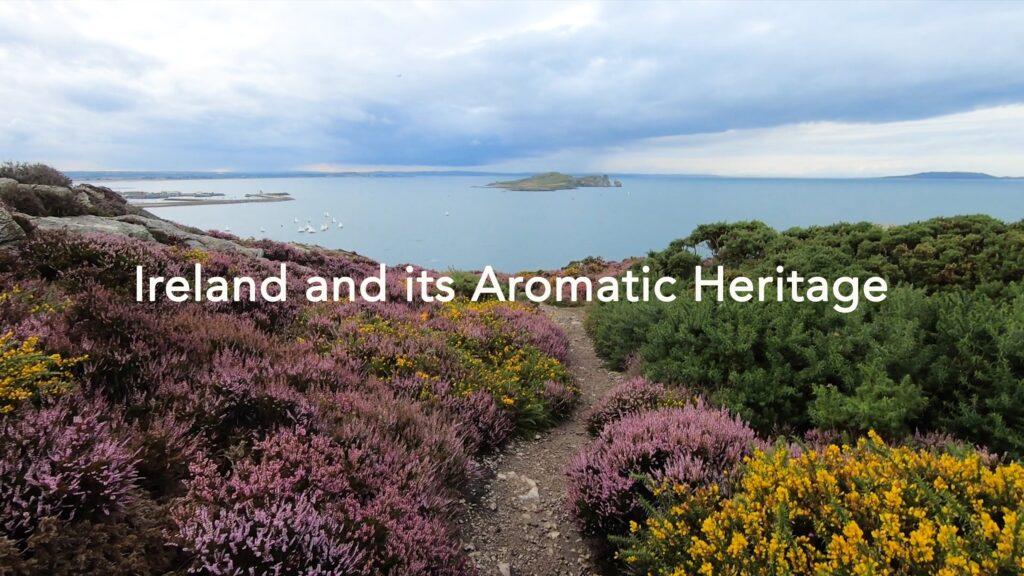
As Ireland transitions from the rich, smoky scent of peat-burning to a more sustainable future, its olfactory heritage is evolving. What will become the next iconic aromatic symbol of Ireland?
Click to watch the documentary trailer.

